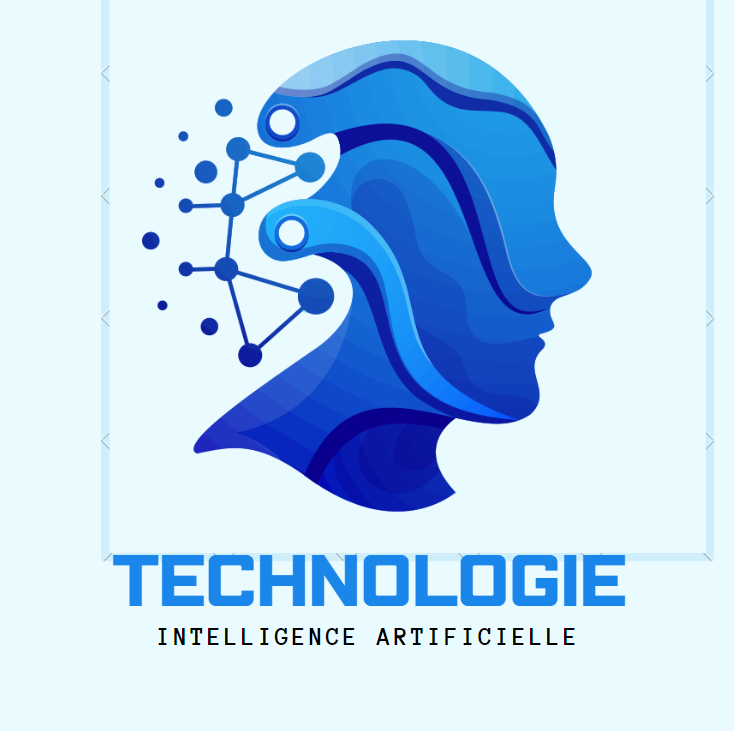distributed computing:
Distributed computing refers to a model of computation where tasks are divided among multiple computers, often referred to as nodes or hosts, which communicate and coordinate with each other over a network.
Instead of relying on a single powerful machine, distributed computing harnesses the collective power of multiple machines to solve a problem or perform a task
what is a distributed system?
A distributed system is a network of independent computers that work together to achieve a common goal. In a distributed system, each computer, often referred to as a node or host, has its own processing power, memory, and storage capabilities. These nodes communicate and coordinate with each other by passing messages over a network, typically using protocols such as TCP/IP.
Key characteristics of distributed systems include:
- Decentralization: There is no central point of control or single point of failure in a distributed system. Instead, control is distributed across multiple nodes, allowing for greater resilience and scalability.
- Concurrency: Multiple tasks can be executed simultaneously across different nodes, enabling parallelism and efficient utilization of resources.
- Autonomy: Each node in a distributed system operates independently and makes local decisions based on its own state and the messages it receives from other nodes.
- Transparency: Ideally, the distribution of resources and communication between nodes is transparent to users and applications, providing a unified view of the system.
- Scalability: Distributed systems can scale horizontally by adding more nodes to the network, allowing them to handle increasing workloads and data volumes.
Examples of distributed systems include peer-to-peer networks, cloud computing platforms, distributed databases, content delivery networks (CDNs), and distributed file systems. These systems are used in various applications, ranging from web services and online gaming to scientific computing and financial trading
what is the difference between parallel and ditributed computing?
Parallel computing and distributed computing are related concepts, but they have distinct differences:
1. Parallel Computing:
- In parallel computing, a single task is divided into smaller subtasks, which are executed simultaneously on multiple processing units, such as CPU cores or GPUs, within the same computer or computing device.
- Parallel computing typically involves shared memory architectures, where all processing units have access to a common memory space.
- Communication between processing units in parallel computing is typically fast and involves sharing data directly through memory access.
- Examples of parallel computing include multi-threading within a single CPU, GPU computing, and SIMD (Single Instruction, Multiple Data) processing.
2. Distributed Computing:
- In distributed computing, multiple independent computers, often referred to as nodes or hosts, work together to solve a problem or perform a task.
- Each node in a distributed computing system has its own memory, processing power, and storage, and they communicate and coordinate with each other over a network.
- Distributed computing involves message passing between nodes, where data is transmitted over a network and processed by different nodes.
- Distributed computing enables the execution of tasks that cannot be handled by a single computer due to resource limitations or scalability requirements.
- Examples of distributed computing include cloud computing platforms, peer-to-peer networks, distributed databases, and distributed file systems.
In summary, the main difference between parallel and distributed computing lies in how tasks are divided and executed. In parallel computing, tasks are divided and executed simultaneously on multiple processing units within the same computer, while in distributed computing, tasks are executed across multiple independent computers connected via a network.
When did ditributed computing become a part of computer science?
Distributed computing has been a part of computer science since the early days of computing, but it gained significant prominence and research interest in the latter half of the 20th century and continues to be a crucial area of study and development in the field.
Some key milestones in the history of distributed computing include:
- 1950s-1960s: Early research and development in distributed computing focused on concepts like time-sharing systems, where multiple users could interact with a single computer simultaneously, and distributed database systems, which allowed data to be stored across multiple locations.
- 1970s-1980s: The development of networking technologies, such as Ethernet and TCP/IP, facilitated the growth of distributed computing. Research efforts during this period focused on distributed operating systems, distributed algorithms, and remote procedure calls (RPC).
- 1990s: The emergence of the internet and advancements in networking protocols led to the proliferation of distributed systems and applications. Technologies like CORBA (Common Object Request Broker Architecture) and Java RMI (Remote Method Invocation) enabled developers to build distributed applications more easily.
- 2000s-present: The rise of cloud computing, big data, and the Internet of Things (IoT) has further fueled interest and innovation in distributed computing. Technologies like virtualization, containerization, and microservices have transformed how distributed systems are designed, deployed, and managed.
Overall, distributed computing has evolved alongside advancements in networking, hardware, and software technologies, becoming an integral part of computer science and playing a crucial role in supporting modern applications and services.
conclusion: distributed computing is a fundamental concept in computer science that involves the coordination and collaboration of multiple independent computers to achieve a common goal. This approach allows for the efficient utilization of resources, scalability, fault tolerance, and the ability to tackle complex problems that cannot be handled by a single machine.
التسميات
computer

